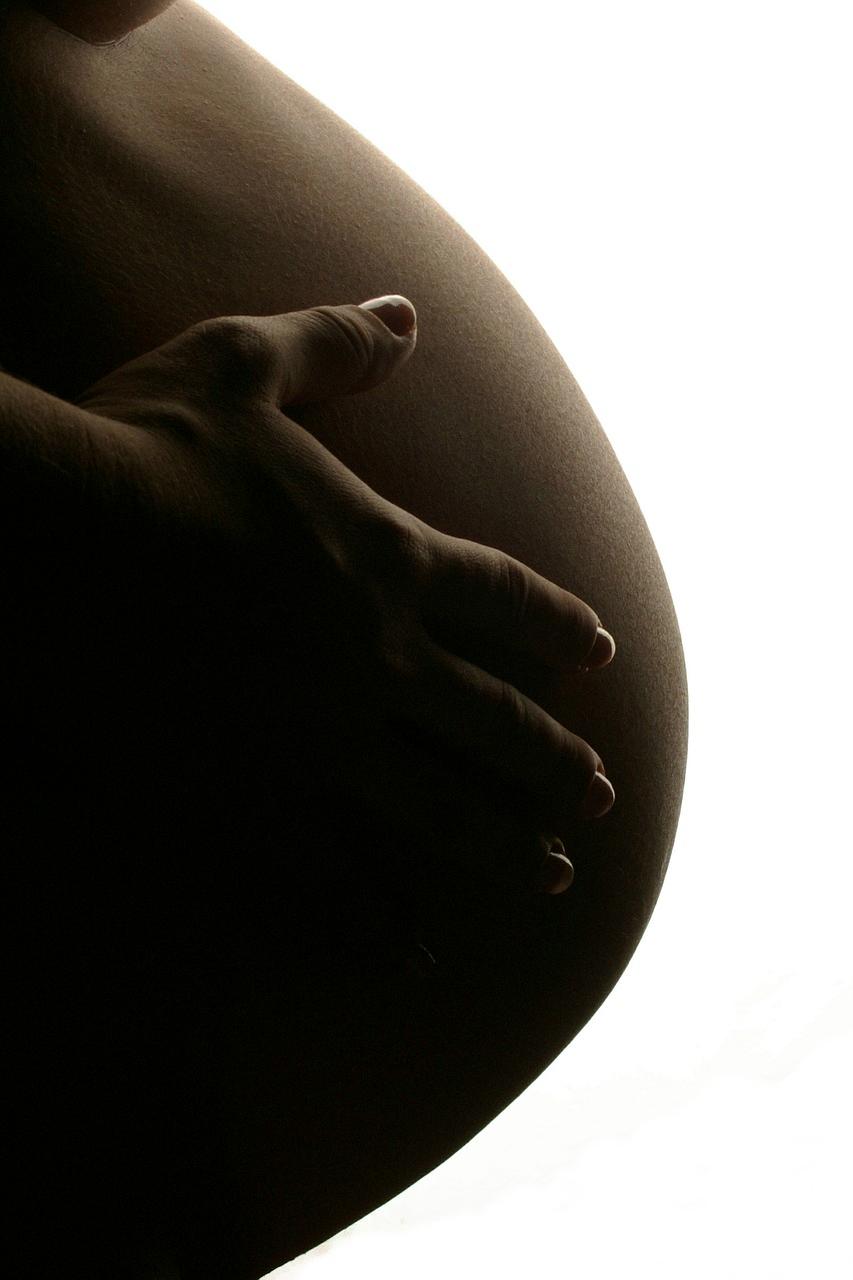During pregnancy, many women may wonder about what lies behind their belly button as their body undergoes significant changes to accommodate the growing baby. Your belly button, or navel, is a unique part of your body that holds a special significance during pregnancy.
The Role of the Umbilical Cord
Behind your belly button is where the umbilical cord attaches to the fetus. This cord is a vital lifeline that connects the developing baby to the placenta, which is an organ that provides essential nutrients and oxygen to the baby throughout pregnancy.
Understanding the Structure of the Umbilical Cord
Within the umbilical cord are blood vessels that play crucial roles in supporting the baby’s growth and development. There are arteries in the cord that carry waste and carbon dioxide away from the baby to be eliminated by the mother’s body. In addition, there is a vein that transports oxygen and essential nutrients from the mother to the baby.
Importance of Blood Circulation
The blood circulation within the umbilical cord is essential for the baby’s health and well-being during pregnancy. The arteries and veins work together to ensure that the baby receives the necessary nutrients and oxygen for proper growth and development.
Protection and Support Provided by the Umbilical Cord
Aside from providing essential nutrients and oxygen, the umbilical cord also acts as a protective barrier for the baby. It helps to shield the baby from external factors and provides a supportive environment for growth inside the mother’s womb.
Developmental Changes
As the baby grows and develops during pregnancy, the umbilical cord undergoes changes to accommodate the increasing needs of the growing fetus. The cord lengthens and thickens to support the baby’s developing organs and ensure proper blood flow.
Connection Between Mother and Baby
The umbilical cord serves as a physical connection between the mother and her baby, allowing for the exchange of nutrients and waste products between the two. This connection is vital for the baby’s survival and development in the womb.
Role of the Placenta
The placenta, which is connected to the umbilical cord, plays a crucial role in supporting the baby’s growth and development during pregnancy. It acts as a filter, providing essential nutrients to the baby while filtering out harmful substances.
Monitoring Umbilical Cord Health
Throughout pregnancy, healthcare providers monitor the health and function of the umbilical cord to ensure that the baby is receiving an adequate blood supply and essential nutrients. Any issues with the umbilical cord can impact the baby’s well-being.
Birth and the Umbilical Cord
During childbirth, the umbilical cord is clamped and cut, severing the physical connection between the mother and baby. This essential step allows for the baby to breathe and begin independent life outside the womb.
Postpartum Care
After delivery, the umbilical cord stump remains attached to the baby’s belly button until it falls off naturally within a few weeks. Proper care of the umbilical cord stump is essential to prevent infection and promote healing.
Conclusion
In conclusion, the umbilical cord plays a vital role in supporting the growth and development of the fetus during pregnancy. Understanding the significance of what lies behind your belly button can provide insight into the incredible process of nurturing and sustaining life within the womb.

